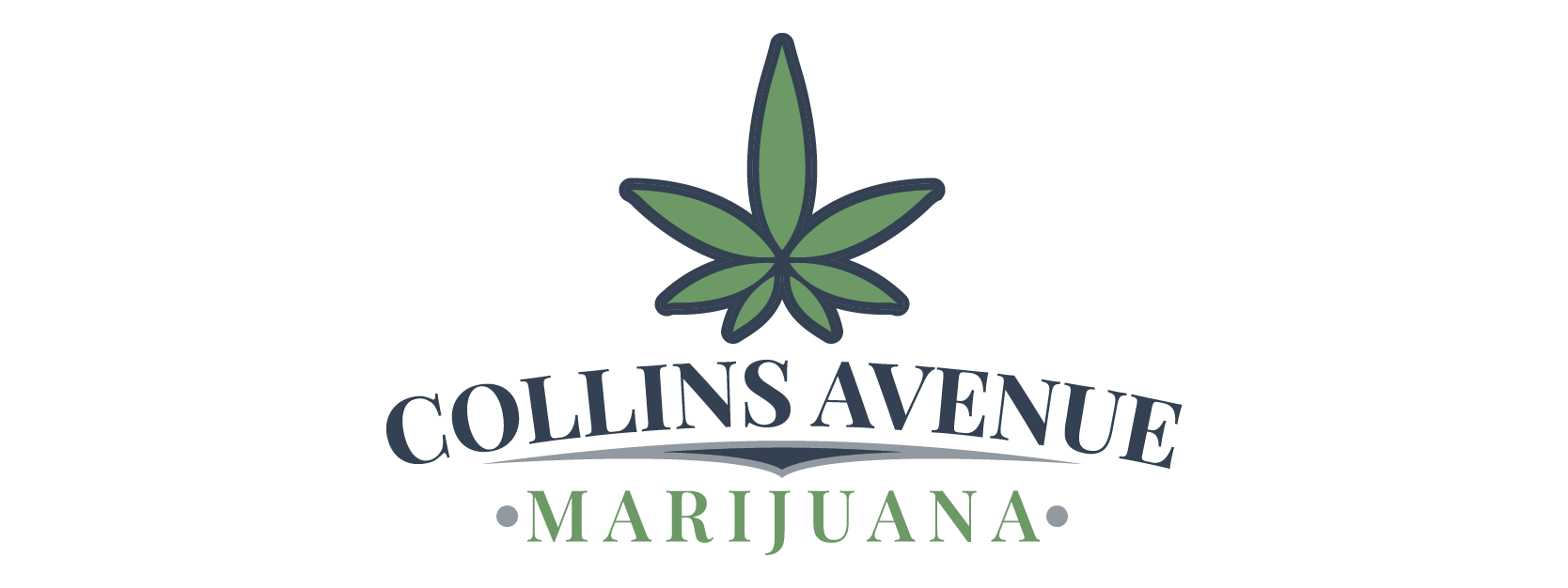Here’s the honest takeaway: neither Collins Avenue nor Ocean Drive is legally “open” to cannabis in public—but the way each corridor is policed and experienced makes them feel very different.
Florida law bars public consumption for everyone, including medical patients. The state’s medical statute explicitly prohibits use in any public place, with limited exceptions for low-THC products not in smoking form. Miami Beach tightens that further: smoking cannabis—or hemp—on public property such as streets, sidewalks, parks, and beaches is unlawful, and the city has a separate ban on smoking on beaches and in parks. The city’s own visitor guidance spells it out in plain language: marijuana is illegal to consume in public, and smoking is prohibited on beaches and in parks.
Culture and enforcement, though, are where the split emerges. Ocean Drive is Miami Beach’s most visible party corridor—think shoulder-to-shoulder foot traffic, sidewalk cafés, DJs, and event weekends. In recent seasons, the city has layered on controls specific to Ocean Drive and adjacent beach access points: security checkpoints, restricted entrances, bag checks, and heightened enforcement aimed at alcohol, drug possession, and other disorderly behavior. Reporting also shows Miami Beach police maintain comparatively strict marijuana enforcement versus other Miami-Dade agencies—visibility that residents and visitors often notice most along the Ocean Drive/South Beach core. For cannabis consumers, that translates into a low-tolerance environment outdoors: the smell draws attention, and patrols are active during peak nights and events. Locals describe Ocean Drive as “not the place to test the rules,” especially during spring break or festival weekends. That local sentiment tracks with the city’s campaign to reset the area’s party reputation.
Collins Avenue, stretching through Mid-Beach and into more residential and resort-style blocks, has a different vibe. The corridor is lined with hotels, condos, and quieter storefronts; foot traffic thins as you move north from the South Beach core. The same laws apply—public consumption is still illegal—but the setting lends itself to private, compliant experiences if (and only if) a property owner permits it, such as physician-recommended products used discreetly in a private room. Residents along Collins often report fewer street-level crackdowns than on Ocean Drive’s festival blocks, simply because the corridor is calmer and less nightlife-centric. That doesn’t equal “acceptance”—it’s more like lower visibility paired with the same rules.
One more wrinkle: Miami Beach moved in 2024 to end its optional civil-citation alternative for small-amount possession, signaling a tougher posture overall. While final outcomes depend on prosecutors and circumstances, the policy direction reinforces that obvious, public cannabis activity—especially where crowds concentrate—invites enforcement.
Bottom line for consumers: legally, neither corridor allows public use; culturally, Ocean Drive is heavily policed and event-driven, making it the least forgiving place to smell like smoke. Collins Avenue feels more “quiet-compliant” for adults who keep it private, respect property rules, and stay off beaches and parks. The smart move anywhere on the Beach is private, odor-controlled, and strictly within Florida law.
